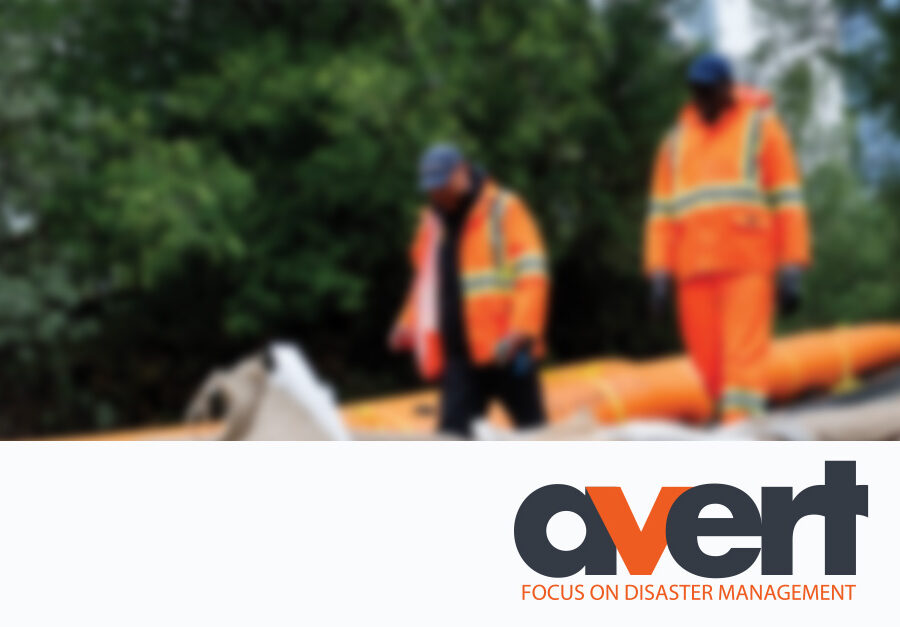
Flood insurance challenges for First Nations communities
February 27, 2023
By Kevin Smart
RMSI's Kevin Smart shares findings from a co-authored report exploring barriers to on-reserve communities accessing flood insurance.

First Nations on-reserve residents are under an increasing risk of flooding due to climate change. Most Canadians can purchase flood coverage as part of their residential insurance policy to pay the cost of repair damage resulting from a flood event. However, access to insurance is more challenging for on-reserve communities.
In 2021 the Assembly of First Nations (AFN) and Indigenous Services Canada (ISC) sponsored a study, First Nations Home Flood Insurance Needs, to establish a baseline understanding of flood insurance for on-reserve residents. The first stage of research involved in-depth interviews with insurance professionals and the second stage engaged 71 First Nations communities to understand their lived experiences. The final report comparing the perspectives of these stakeholders was issued June 2022.
Here are some of the key findings:
There is limited access to competitive property insurance of any kind because few insurance companies offer commercial coverage for on-reserve communities. Usually there is just one offer, with no competing bids that could allow negotiation for better conditions or lower premiums. Insurance providers appear to have a perspective of higher risk that may not be fact-based.
In many communities, property insurance for the Band-owned housing is purchased only when required for bank financing on the building. Many buildings in the community are uninsured due to the high premium costs.
There may be uncertainty on the ownership of each home. Does the resident own the home and therefore have an insurable interest in repairing damage to the building? Or does the community own the home and have the obligation to provide insurance for repairing the dwelling? Insurance providers may be unsure which parties have an insurable interest. First Nations residents may be unsure who is responsible for arranging insurance on their home and belongings.
Flood insurance often cannot be purchased for on-reserve residences because either the insurer will assess a high risk of flood and refuse coverage, or the additional premium for the flood coverage is unaffordable. Some insurers noted that flood mapping and flood data lack the precision needed to accurately assess flood risk in remote areas, so the general area flood risk may be assumed to be higher than the actual risk of the residence location. Insurers are uncertain how improvements to flood risk mitigation should be reflected in their risk assessment.
Even when flood coverage is purchased, the claim payment may be inadequate to repair flood damage. Further, there is usually no coverage for personal belongings or any additional living expenses while awaiting repair.
Many communities rely on government disaster assistance to recover from flood damages.
Many of the reserves don’t have access to accredited fire protection services, which is a major concern for insurance providers in terms of underwriting and the cost of insurance. Communities that take action to reduce their overall fire and flood risk may also reduce their insurance costs to make coverage more affordable.
First Nations communities reported that insurance providers do not make any effort to become familiar with the current risk conditions of the community or of the individual residents. Insurance providers appear too quick to assume that individuals from a First Nation have higher risk and will often decline coverage with a simple statement such as, “No, we don’t insure houses on reserve,” or may use tactics that appear to deter such a request for coverage by demanding information not related to insurance risk.
Many on-reserve residents are not aware how they can benefit from insurance because there is no active promotion of insurance in their communities.
Cat IQ Connect insurance panel
These findings were the topic of a presentation and panel discussion during the “Indigenous Communities and Insurance” session at the Cat IQ Connect conference in Toronto on Feb. 7, 2023.
From the views expressed by study participants, it seems there are gaps in the fair provision of insurance services for First Nations communities. The panel recognized there is much the insurance industry should do to remove bias from underwriting processes to improve fair access to insurance for on-reserve homes. Further, the industry should recruit more Indigenous people as brokers and underwriters to give more culturally aware service for the First Nations communities.
As one of the fastest growing demographics in the country, Canada’s Indigenous residents represent an exciting business opportunity for insurance providers who work in co-operation with First Nations communities to provide a needed service in a largely under-served market.
For additional insights, please review the full report First Nations Engagement on the Steering Committee on First Nations Home Flood Insurance Needs Initiative.
 Kevin Smart is the owner of Risk Mitigation Strategies Inc.
Kevin Smart is the owner of Risk Mitigation Strategies Inc.
Print this page